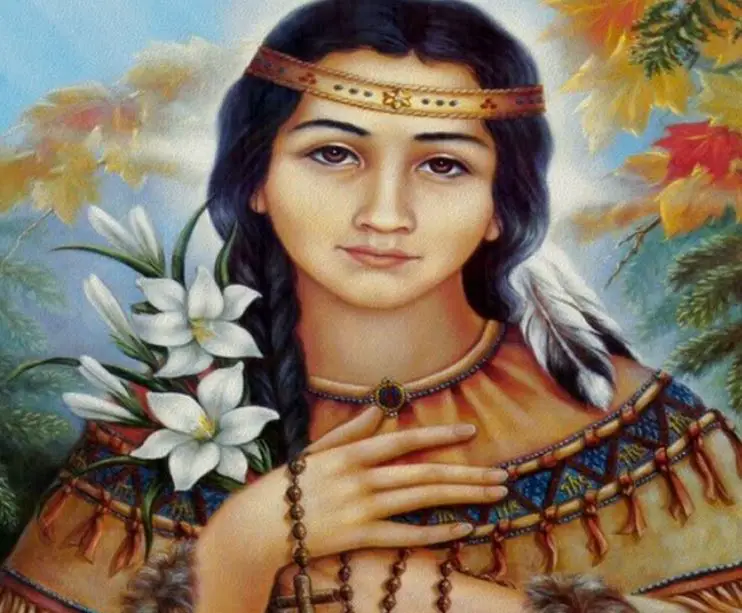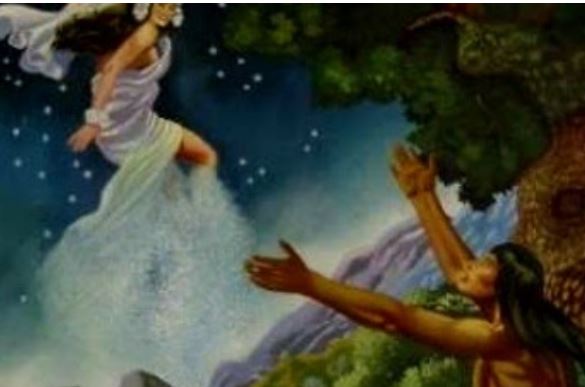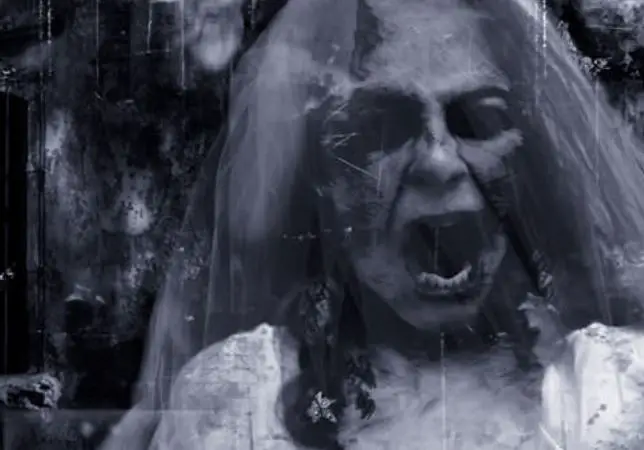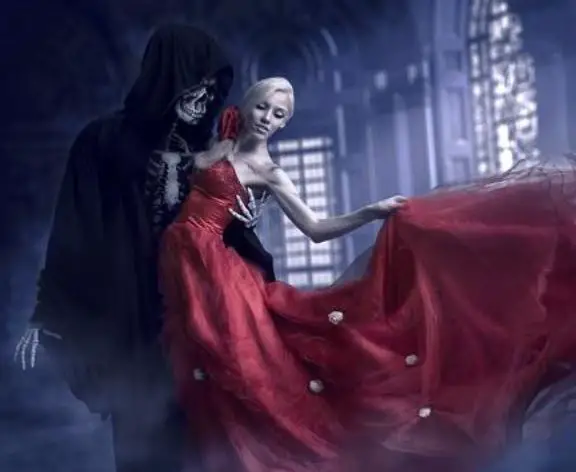Podcast: Play in new window | Download
Subscribe: Apple Podcasts | RSS
The Mexican state of Durango is located in the northwestern part of the country and it is bounded by the states of Chihuahua to the north, Coahuila and Zacatecas to the east, Jalisco and Nayarit to the south, and Sinaloa to the west. Founded in 1563 by the Spanish, the state capital is the City of Durango, also known as Victoria de Durango, named so in honor of Mexico’s first president, Guadalupe Victoria. The state has two major geographical zones: The pine-covered Sierra Madre mountainous area in the western part and the dry plains in the eastern part. The Spanish arrived in the area in the 1530s encountering many indigenous groups, chief among them the Tepehuanes, who still maintain many of their ancestral traditions to this day, including their language. This rich indigenous history, combined with the now centuries-old Spanish-Mexican-mestizo cultural mix has made Durango a state steeped in folklore, myths and legends. Here are three legends from this state.
- Sahuatoba and the Origin of Humanity
 From a strange kiss between the God of Lightning and the Morning Star, a beautiful child was born, whom a lightning bolt placed at the entrance of a cave on the high peak of a mountain range. A doe picked up the boy, taking him into the cave with her fawns. The doe suckled the child, and a stout eagle that had made its nest on that peak jealously watched over the safety of that baby who was predestined to form a new race.
From a strange kiss between the God of Lightning and the Morning Star, a beautiful child was born, whom a lightning bolt placed at the entrance of a cave on the high peak of a mountain range. A doe picked up the boy, taking him into the cave with her fawns. The doe suckled the child, and a stout eagle that had made its nest on that peak jealously watched over the safety of that baby who was predestined to form a new race.
Frequently, the Morning Star descended in the form of a woman to caress the child, bring him food, and give him wise advice. She also slowly gave him supernatural powers. That boy learned the languages of the torrent, the flowers, the trees, the birds, the bees and all the ferocious animals. As he grew into a strong boy, he crossed the mountain ranges and descended to the bottom of the depths of the ravines with surprising ease and speed. The boy called himself Sahuatoba, which means in the Tepehuan language, “eternal adolescent.”
One morning the star mother warned him that a tremendous world catastrophe would begin that day, which he must witness with courage and a sense of serenity. It was not dawn yet, when the storm that lasted several weeks culminating in violent and terrible shaking of the earth, ended. Massive tidal waves ensued and Sahuatoba was surrounded by the rough, furious, tremendous ocean, whose enormous waves brought human and animal corpses from here to there, trees uprooted, remains of house materials and furniture scattered, etc.
The spectacle that Sahuatoba witnessed from his mountaintop was terrifying and macabre. The female deer who suckled him died of fear in the cave, and her fawns were also dead. The “eternal adolescent” was alone in a devastated world, where there was no more land than his bare peak, no more shelter than his dark cavern. Years passed, perhaps centuries, during which the Morning Star and the God of Lightning brought sustenance to this loner. Gradually the waters fell until leaving a wasteland, a mud desert that finally solidified and could be traveled.
 One spring morning, Sahuatoba, coming out of his cave, received a pleasant surprise. At the foot of his mountain a lily plant came up out of the ground and it already held a beautiful white flower in whose petals crystalline drops of dew were trembling. Eagerly he cut that flower, which gave off a pleasant perfume. Suddenly, the flower turned into a beautiful and pretty woman. “Masada!” Sahuatoba exclaimed. Masada is a Tepehuan word that means “heaven.” Father Lightning and Mother Morning Star gave him a companion. The two loved each other, of course, and together they traveled the world looking for a better place to live. They finally returned to the original peak on a cloudy and stormy night.
One spring morning, Sahuatoba, coming out of his cave, received a pleasant surprise. At the foot of his mountain a lily plant came up out of the ground and it already held a beautiful white flower in whose petals crystalline drops of dew were trembling. Eagerly he cut that flower, which gave off a pleasant perfume. Suddenly, the flower turned into a beautiful and pretty woman. “Masada!” Sahuatoba exclaimed. Masada is a Tepehuan word that means “heaven.” Father Lightning and Mother Morning Star gave him a companion. The two loved each other, of course, and together they traveled the world looking for a better place to live. They finally returned to the original peak on a cloudy and stormy night.
The day after his return, Sahuatoba left to give his usual greeting to the Morning Star. Suddenly he noticed that the small meadow near the entrance to the cave was covered with white lilies. He happily woke up Masada who wept with emotion as she watched the reappearance of the vegetation and cut a flower that turned into a female deer. Sahuatoba cried when he remembered the doe that had suckled him and cut another flower that turned into a male deer. Each one cut a flower daily, giving rise to a pair of animals of each species. Thus arose mammals, birds, reptiles, fish, etc. and the world was populated. Sahuatoba and Masada had seven boys and seven girls, whose partners gave rise to seven races, as they spread to go to populate different regions of the earth.
- The Witch of Durango
Around the year 1600 in Spanish colonial times, a witch with an exceptionally beautiful and elegant appearance lived in the city of Durango proper. She maintained a fierce and dark look about her, and above all, it was noted that despite her beauty she was a woman very resentful of life. Her anger and resentment were based in part because nobody believed in the powers that she claimed to have. This witch, who was annoyed and fed up with such a situation decided to demonstrate her powers by convincing men who were older that she had very strong and indestructible supernatural abilities and that she would help them defeat their enemies. To prove herself, this witch began to order the cruelest misdeeds of the region. She brought he most harm to those who had not wanted to obey her orders, especially women jealous of her beauty and men who did not fall for her charms.
 The witch enjoyed her power and fame for a long time. Her neighbors in the La Ciénega neighborhood did whatever she ordered them to do, but there came a time when the people became fed up with the witch and moved against her. They finally managed to get the authorities to arrest the evil woman with hopes that the office of the Holy Inquisition would find her guilty of witchcraft and sentence her to death. The highest church and civil authorities did not know what to do with this woman since she laughed at everyone saying that she was a very powerful witch and nothing and no one could do anything to her. She claimed she had a very powerful ally that was the devil himself. The authorities decided to poison her, but the poison they gave the witch did nothing to her and she kept laughing at them, repeating over and over that she was more powerful than any of them.
The witch enjoyed her power and fame for a long time. Her neighbors in the La Ciénega neighborhood did whatever she ordered them to do, but there came a time when the people became fed up with the witch and moved against her. They finally managed to get the authorities to arrest the evil woman with hopes that the office of the Holy Inquisition would find her guilty of witchcraft and sentence her to death. The highest church and civil authorities did not know what to do with this woman since she laughed at everyone saying that she was a very powerful witch and nothing and no one could do anything to her. She claimed she had a very powerful ally that was the devil himself. The authorities decided to poison her, but the poison they gave the witch did nothing to her and she kept laughing at them, repeating over and over that she was more powerful than any of them.
As they saw that the poison did nothing, they gave her ground glass, which they force fed her, but the same thing happened, the glass did nothing to her, and the wicked witch laughed at them. The civil authorities together with a priest decided to hang her and at the same time burn her. While ablaze, the witch laughed and cast curses on all who were present, and a priest threw holy water on her to get her to stop laughing. In the end, the burning worked, and the witch was executed. For many decades after the execution, citizens of Durango claimed that they saw the witch fly over the city at night yelling curses and laughing at those below. Bad things would happen in the wake of these sightings. According to popular belief, the more people talk about this witch, the more often she appears, so people in Durango to this day are reluctant to tell this tale.
- The Guest from Beyond
During the end of the 1800s, in the city of Durango, in what used to be Calle del Pendiente, there was the house of Verónica Herrera, a beautiful young woman who was the daughter of a wealthy merchant. She wore an engagement ring on her right hand, a precious piece of jewelry studded with many diamonds that would soon bring her closer to the altar. In an unforgettable ceremony, she would marry a young man named Ramón Leal del Campo, a gentleman from the Durango family who claimed descent from Don José del Campo Soberón y Larrea, the first Count of Súchil.
The news of Verónica’s wedding with Don Ramón shook Durango’s society. People began thinking about what they would wear to the event and what gifts they would give to the newlyweds. The mother of the bride took great care in making lists of dishes that would satisfy the palates of different tastes, in order to offer a variety of food at the banquet, showing refinement in good eating. A large group of volunteer ladies, relatives and friends of the bride undertook exhausting days to make white crepe paper flowers, with which large garlands would be formed to dress the interior of the cathedral in white where the wedding would take place. The bride’s house was a large mansion with arches in corridors, three courtyards and more than twenty rooms, spaces that all should have proper decorations for the great reception to follow the ceremony. Don Ramón’s family for their part, spared no money to satisfy the demands and whims of the young bride. The wedding was going to be the event of the century.
 The wedding had been set for November 5 of that year. Three days before, Verónica, in the company of her family and a large group of friends, visited the local cemetery, the Panteón de Oriente, for traditional Day of the Dead observances. She saw this all as just an obligation; the girl was not distracted by religious services, traditional festivals, or talks with friends or family. For her, her obsession was the wedding, specifically the ceremony and the details of her marriage. No other thoughts occupied her mind. During that day’s visit to the cemetery, Verónica stumbled upon a skull lying on the ground on the side of the tomb from which it had been taken, perhaps when another deceased person was buried there. When the girl looked at the skull, she kicked it with the tip of her foot and said:
The wedding had been set for November 5 of that year. Three days before, Verónica, in the company of her family and a large group of friends, visited the local cemetery, the Panteón de Oriente, for traditional Day of the Dead observances. She saw this all as just an obligation; the girl was not distracted by religious services, traditional festivals, or talks with friends or family. For her, her obsession was the wedding, specifically the ceremony and the details of her marriage. No other thoughts occupied her mind. During that day’s visit to the cemetery, Verónica stumbled upon a skull lying on the ground on the side of the tomb from which it had been taken, perhaps when another deceased person was buried there. When the girl looked at the skull, she kicked it with the tip of her foot and said:
“You should come to my wedding. Consider this a formal invitation.” She then let out a hearty laugh
That disrespectful attitude of Verónica towards those human remains was considered by those who witnessed it as a joke and nothing more. Everyone forgot what happened and the wedding preparations continued.
The fifth of November arrived quickly and the whole city of Durango became excited.
The bride put on her bridal attire early in the morning. A court of attendants and ladies-in-waiting corrected the details of her presentation so that she looked splendid and beautiful, like a queen dressed in white, radiating happiness and joy. Guests filled the cathedral in anticipation of this grand wedding. In the first row, near the bride and groom, a thin and pale gentleman prostrated himself, wearing a black suit and his clothes, face and hair showed signs of abundant white powder. His presence aroused curiosity, fear and respect at the same time in all who saw him. He remained kneeling throughout the ceremony and when the crowd left the cathedral, the stranger joined the procession and congratulated the couple.
At the bride’s house where the festivities continued, that strange and unknown man appeared among the guests and no one knew how he arrived. The music began to play the waltz for the bride and groom, and the echo of the notes rolled through the corridors of the mansion. The father of the bride with her and the mother of the groom with him, began the dance, while the bride and groom continued in the customary ritual. Later, when Verónica’s friends and family danced with her, passing her from hand to hand, the mysterious stranger took Verónica by the hand and began to dance with her. He asked:
“Do you know me? I’m your special guest.”
The girl made an enormous effort to remember this stranger. After vain and prolonged effort, she answered:
“No, I’m sorry, I do not know who you are.”
“I am the person who three days ago you invited to your wedding in the cemetery, the Panteón de Oriente,” he said.
Verónica’s face turned pale and to the amazement of the crowd, the man instantly transformed himself from his nicely clothed human form and into a lean and upright human skeleton. The girl fell dead, struck down by cardiac arrest, and the guest from beyond the grave disappeared on the spot as mysteriously as he had arrived. Over a hundred years later and into the present day, still from time to time, in the large house that is located on Negrete Street, a woman dressed as a bride is seen walking. The locals claim it is the tormented soul of Verónica Herrera who just wants to finish experiencing her perfect day.
REFERENCES
The state of Durango web site. In Spanish: https://durango.com.mx/category/historia-de-durango/leyendas-de-durango/page/2/
